- Joined
- Apr 8, 2017
- Messages
- 2,009
Lol I guess we always want what we don't have- I have already been planning my next ring to be like yours.Thank you, though I’m kind of torn because I really like how contrasty the diamonds in my three-stone look when they move around whereas the soli diamond is just all brightness/white. (I emphasize ‘just’ because I think that’s what most people want to see - a bright diamond; but I’m an oddball that wants more contrast with the arrows & facets). It kinda makes me wonder if I shouldn’t have at least semi-bezeled it (vs the 4 tab/prongs). I love bezels/semi-bezels, but I think I’ll try to get a little more mileage out of this setting before I do anything drastic, as I’ve only had it for about 6 months now. And by drastic, I mean maybe see about finding a match for the center diamond of the 3-stone, and using all the diamonds to make a 5-stone.
And oh my goodness, that five stone would be AMAZING!!!!!!

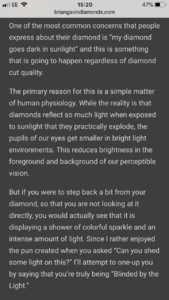
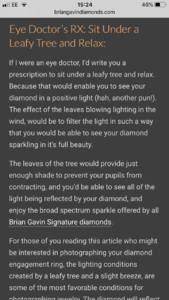
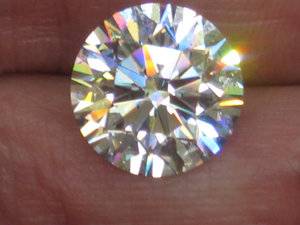
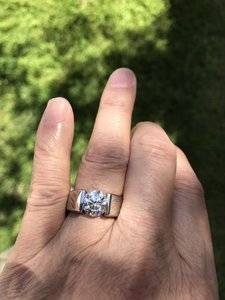
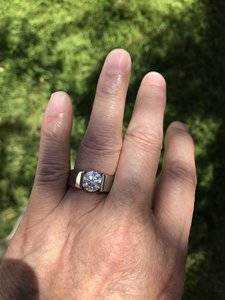
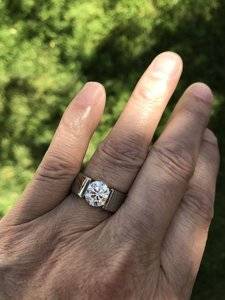
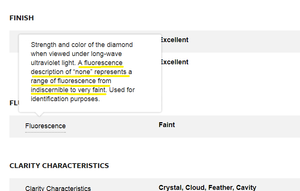
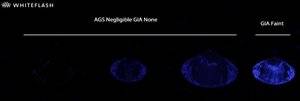


300x240.png)